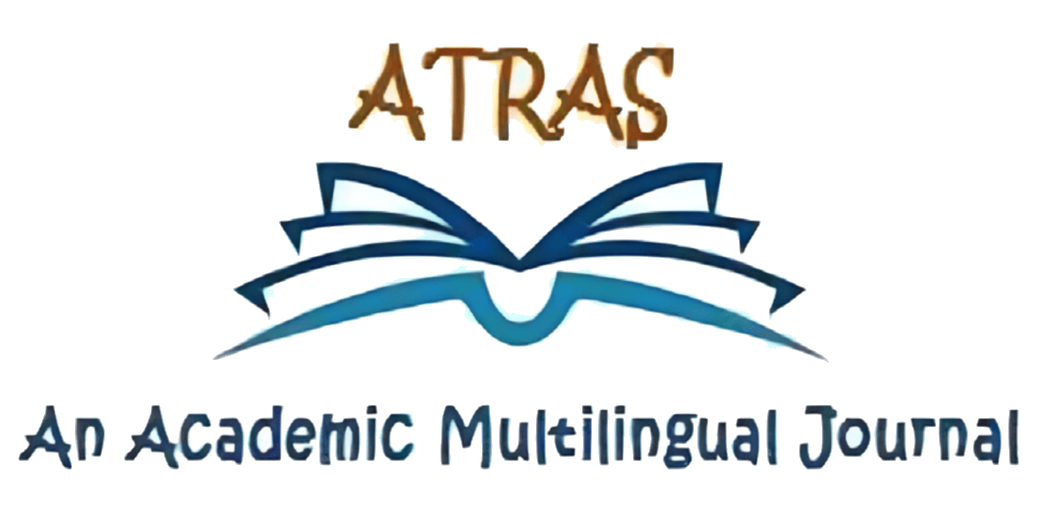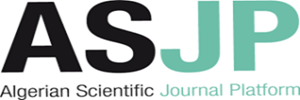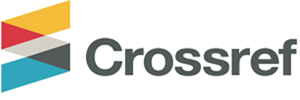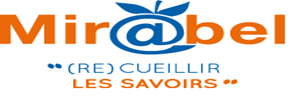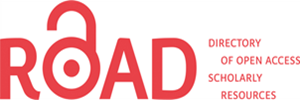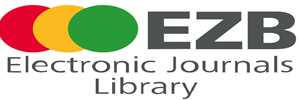Attitudes and Perceptions towards the Use of Artificial Intelligence in Higher Education: A Survey Study on
a Sample of Academic Staff in Algeria
Charazad LAMDJAD
University of Blida 2, Ali Lounici, Algeria
chahira.bouhella@gmail.com
https://orcid.org/0009-0002-4332-4673
Chahira BOUHELLA
University of Blida 2, Ali Lounici, Algeria
lamchahra10@gmail.com
https://orcid.org/0009-0005-1801-9388
Abstract
This study explored the attitudes and perceptions of Algerian Academic Staff toward using artificial intelligence in higher education. The study investigated the challenges and prospects of this advanced technology and measured the readiness of Algerian universities to adopt it. The study’s significance lies in uncovering the potential of utilizing this technology in universities, revealing the obstacles that may hinder it, and then providing a vision for how to adopt it through the use of an integrated and multi-faceted approach to advance higher education in Algeria. To verify this, the researchers used a questionnaire that targeted a sample of professors at the University of Blida 2-Lounici Ali. The findings showed that the study participants were interested in implementing AI technologies in higher education and their potential to enhance the educational process, facilitate organization, and enable ongoing performance evaluation. However, professors expressed concerns about AI’s potential impact on students’ critical thinking, the overwhelming amount of information that could impede creativity, ethical and legal issues, and the risks to personal data security. Professors emphasized the need for Algerian universities to invest in the exploitation of AI technologies, in human capital development by providing training courses in AI technologies for successful implementation, ensuring the availability of adequate financial resources, and taking into consideration the establishment of regulatory and ethical laws to control the exploitation of this technology.
Keywords: Academic Staff, attitudes, Algeria, Artificial Intelligence, Higher Education, perceptions
DOI:
https://doi.org/10.70091/atras/AI.31
How to Cite this Paper :
Lamdjad, C., & Bouhella,C (2024). Attitudes and PerceptionsTowards the Use of Artificial Intelligence in Higher Education – A Survey Study on a Sample of Academic Staff in Algeria-. Atras Journal, 5 (Special Issue), 496-512.
References:
Altitude Learning. (n.d). Available at https://web.facebook.com/altitudelearn/?locale=fr_FR&paipv=0&eav=AfbaAB6sG_7McmqPT2NVt5AtMqHZ3c8lytuy3AEato_-O6JSXIsoBWS34Szof1_DQI0&_rdc=1&_rdr
Berryhill, J., Heang, K. K., Clogher, R., & McBride, K. (2019). Hello, World: Artificial intelligence and its use in the public sector.OECD-OPSI: https://oecd-opsi.org/publications/hello-world-ai/
Blank, S. (2021). Artificial Intelligence/Machine Learning Explained, 1-26. Available at https://gordianknot.stanford.edu/: https://gordianknot.stanford.edu/
Borkar, P. (2024). What is Education 4.0? Available at https://www.mastersofterp.com/blog/what-is-education-4-0.aspx
Borislav Borisov, B., & Stoyanova, T. (2024). Artificial Intelligence in Higher Education: Pros and Cons. SCIENCE International Journal, 3(2), 1-8. DOI: https://doi.org/10.35120/sciencej0302001b.
Bransen, M. (2024). The 22 Best AI Education Tools (Students & Teachers) in 2024. Tilburg University, The Netherlands. Available at https://tilburg.ai/2024/01/best-ai-education-tools/
Canva Team. (2024). Canva Create 2024: Introducing a whole new Canva. Available at https://www.canva.com/newsroom/news/canva-for-work/
Doncheva, J., & Asenov, D. (2023). Artificial Intelligence (AI) and Its Application in the Education of Students from I -IV Grades. Conference paper. Retrieved from https://www.researchgate.net/publication/369948814_Artificial_Intelligence_AI_and_its_Application_in_The_Education_of_Students_from_I_-IV_Grades.
Djenane, m. (2024, April). Utilizing Artificial Intelligence in Higher Education and Scientific Research in Algeria. (t. D. Analytics, Ed.) Journal Index of Exploratory Studies, 03(13), 114-124.
Joshi, V., & Tripathi, S. (2024). Optimizing Higher Education Using Artificial Intelligence. International Journal for Multidisciplinary Research, 6(3), 1-6. Retrieved from, https://www.ijfmr.com/papers/2024/3/19721.pdf
Hasan, A. R. (2022). Artificial Intelligence (AI) in Accounting & Auditing: A Literature Review. Open Journal of Business and Management, 10(01), 440-465. DOI: 10.4236/ojbm.2022.101026
Heinrichs, J. (2024). Julius AI Review: Can AI Visualize Complex Data in Seconds? Available at https://www.unite.ai/author/janineheinrichs/
Kelly, S., Kaye, S.-A., & Trespalacios , O. (2023). What factors contribute to the acceptance of artificial intelligence? A systematic review. Telematics and Informatics, 77.2-33 https://doi.org/10.1016/j.tele.2022.101925
Lin, Y. (2024). Adapting to the AI Era: Higher Education’s Opportunities and Challenges with ChatGPT. Proceedings of the 2nd International Conference on Social Psychology and Humanity Studies (pp. 137-143). Retrieved from ///C:/Users/ASUS/Downloads/Adapting%20to%20the%20AI%20Era_%20Higher%20Education’s%20Opportunities%20and%20Challenges%20with%20ChatGPT.pdf.
McCarthy, J. (2007). WHAT IS ARTIFICIAL INTELLIGENCE?, Available at https://www-formal.stanford.edu/jmc/.
McCarthy, J., Minsky, M. L., Rochester, N., & Shannon, C. E. (2006). A Proposal for the Dartmouth Summer Research Project on Artificial Intelligence: August 31, 1955. AI MAGAZINE, 27(04), 12-14. Retrieved from file:///C:/Users/ASUS/Downloads/1904-Article%20Text-1900-1-10-20080129%20(1).pdf.
Mijwil, M. M., & Abttan, R. A. (2021). Artificial Intelligence: A Survey on Evolution and Future Trends. Asian Journal of Applied Sciences, 9 (2), 87-93. Retrieved from https://pdfs.semanticscholar.org/5616/32c3219e2963720be434d02eecc847bac656.pdf
Mohsin, F., Isa, N., Ishak, K., & Salleh, H. (2024). Navigating the Adoption of Artificial Intelligence in Higher Education. International Journal of Business and Technopreneurship, 14(1),109-120. DOI: https://doi.org/10.58915/ijbt.v14i1.433
Mohammed, B. (2023). AI-Driven transformations in higher education: Opportunities and challenges. International Journal of Educational Research and Studies, 5(1), 29-36. file:///C:/Users/ASUS/Downloads/AI-DriventransformationsinhighereducationOpportunitiesandchallenges.pdf
Nuance. (n.d). Dragon Speech Recognition for Education. Available at Nuance: https://www.nuance.com/dragon/industry/education-solutions.html
Onesi-Ozigagun, O., Ololade, Y., Eyo-Udo, N., & Ogundipe, D. (2024). Revolutionizing Education Through AI: A Comprehensive Review of Enhancing Learning Experiences. International Journal of Applied Research in Social Sciences, 6 (4),589-607. DOI: 10.51594/ijarss.v6i4.1011
Pedró, F. (2020). Applications of Artificial Intelligence to higher education: possibilities, evidence, and challenges. IUL Research, Open Journal of IUL University, 1(1). 62-76, Retrieved from //C:/Users/ASUS/Downloads/admin,+7)+Pedr%C3%B3-IUL+61-76+LAST%20(2).pdf
University of San Diego. (n.d.). 43 Examples of Artificial Intelligence in Education. Californie, University of San Diego Oline Degrees, USA. Available at https://onlinedegrees.sandiego.edu/artificial-intelligence-education/.
Slimi, Z. (2023). The Impact of Artificial Intelligence on Higher Education: An Empirical Study. European Journal of Educational Sciences, 10(1), 17-33. Retrieved from https://files.eric.ed.gov/fulltext/EJ1384682.pdf.
What is AI? (n.d.). Available at IBM: https://www.ibm.com/topics/artificial-intelligence.
World Economic Forum. (April 2024). Shaping the Future of Learning: INSIGHT REPORT, Available at https://www.weforum.org/publications/shaping-the-future-of-learning-the-role-of-ai-in-education-4-0/#:~:text=This%20report%20explores%20the%20potential,tasks%2C%20and%20integrate%20into%20curricula.

Copyright for all articles published in ATRAS belongs to the author. The authors also grant permission to the publisher to publish, reproduce, distribute, and transmit the articles. ATRAS publishes accepted papers under the Creative Commons Attribution-NonCommercial 4.0 International (CC BY-NC 4.0) License. Authors submitting papers for publication in ATRAS agree to apply the CC BY-NC 4.0 license to their work. For non-commercial purposes, anyone may copy, redistribute material, remix, transform, and construct material in any media or format, provided that the terms of the license are observed and the original source is properly cited.
